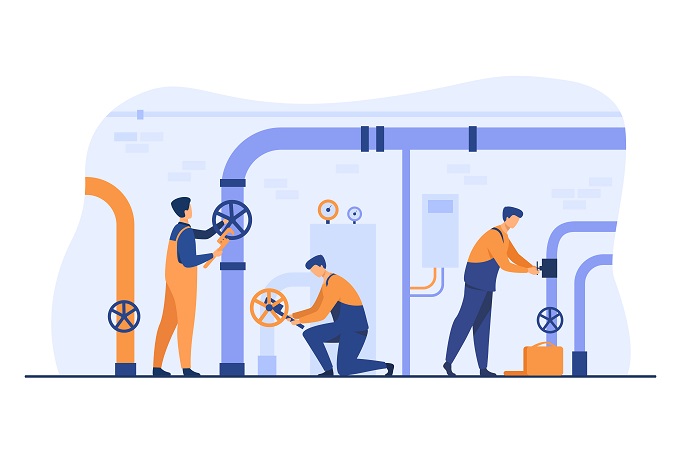We have been working for many years with the CNRS. Dozens of CIFRE theses and collaboration contracts have enabled us to explore a very wide range of potential in the fields of artificial intelligence, sustainable cities, advanced human-machine interaction, automatic language processing, etc. This relationship, which is dear to us, has enabled the group to mature and develop proofs of concept and innovations at the cutting edge of technology and with a concern for French-style digital technology that respects the values of personal data security and digital inclusion.
Today we are starting a new chapter in our history with the CNRS, through a strategic partnership for the next five years. On that occasion, we are also refocusing our collaboration with the CNRS to concentrate on three major challenges for the coming decade.
Systemic Models for Decision Support in Cities
Cities are probably among the most complex objects that man has created. Understanding how cities function requires the intervention of a very large number of disciplines, including geography, geomatics, sociology, anthropology, physics, economics, politics, etc. Understanding urban metabolism is all the more compelling as we face an ecological emergency and behavioral, social and societal changes strongly impacted by digital technologies.
These changes call for creation of new tools. Berger-Levrault and the CNRS are convinced that these tools must be fed and educated by science. Several issues are emerging to meet this challenge. We seek to create models of urban resilience allowing to better understand the systemic dynamic of the metabolism and urban morphology. We aim toward creating cities digital twins. City is a complex geo-spatial object that evolves over time. A good understanding of a city can only be achieved by adding semantic data that represent the phenomena that occur in it, whether physical (CO2, humidity, wind, pollution, T°, etc.) or human (finances, activities, demographics, accessibility, etc.).
Unlearning, Randomness, Intelligibility
At Berger-Levrault, we have reached a level of maturity in Artificial Intelligence. The work carried out by our teams over the last ten years has allowed us to confront multiple realities regarding the applicability of AI. When we refer to AI, it is in a broad sense as we include machine learning (supervised and unsupervised), metaheuristics and more traditional advanced statistical methods.
Whatever the field of application, an observation is clear: we face difficulties that are complex to solve with state-of-the-art machine learning. If our work gives convincing results in-vitro, they are very delicate to generalize in the field. We therefore wish to contribute to answering several fundamental questions: What is the role of chance in generalization of AI models? What place should be left to the mutualization of AI and to unlearning? How to work on the intelligibility of algorithms?
Toward frugal software by design
Developers’ interests have moved away from hardware constraints, which means that they no longer control the computational impact of their code. We also observe a decorrelation between functionalities of a software and its computational requirements (thus energy). Services rendered by business software in 2022 are more or less similar to those of 10 years ago for exponentially increased hardware requirements.
Moore’s law has had a rebound effect. In concrete terms, we want to develop a set of tools to ensure that energy impact of our products is controlled from design stage and throughout the development and deployment of our products. From then on, research questions appear:
How can we automatically measure the amount of energy consumed by a software and by a portion of software? Can we design frugal software architectures by-design? Can software dynamically optimize its energy consumption?





